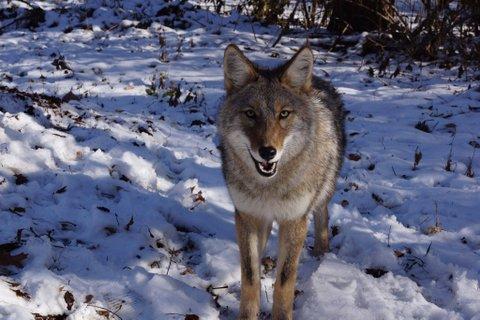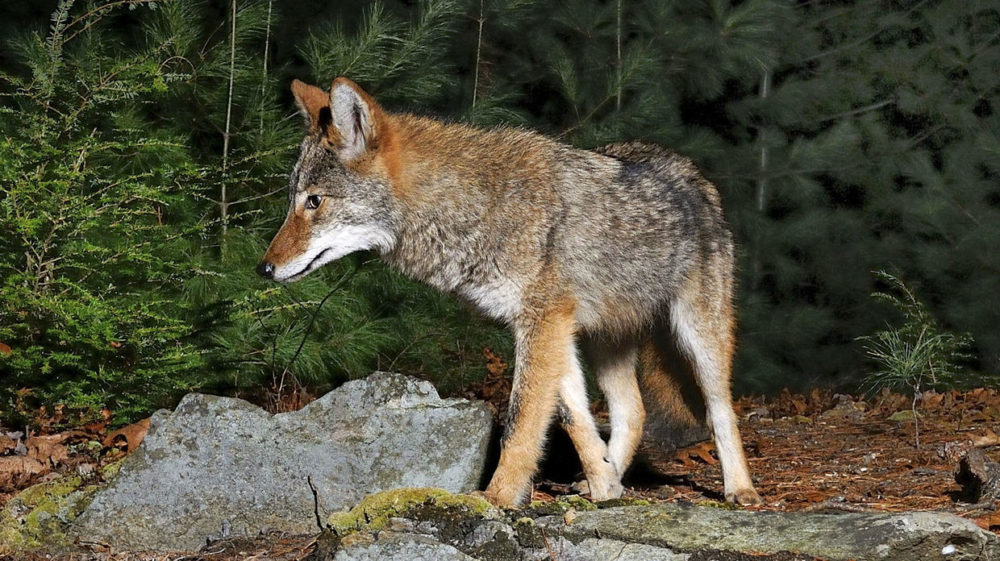

Coyotes appear to be strongly monogamous and so far, bonds between alpha pairs have only been broken upon the death of one of the pair. Visit the new research page for information on a novel scientific procedure we are now using to further investigate diets.Ĭoyotes typically mate in February, however, only the alpha pair in a pack will mate and subordinates will usually help raise the young. While this only shows the most recent meal of any animal, when compared to many other mortalities, results are consistent. Stomach contents may provide the most exact picture of what a coyote is eating because it is not yet digested and still identifiable. Rodents are nearly always present in the diet, with a mixture of other items depending on the season. The diet results found by Morey is often mimicked by what is found through necropsy. For diet analysis, the stomach and intestinal tract are investigated to classify and quantify contents. These are either study animals that died or road-killed animals that are found even though they are dead, these coyotes still provide a wealth of knowledge about their lives. Apparently, the majority of coyotes in our study area do not, in fact, rely on pets or garbage for their diets.Īnother way coyote diets can be determined is by performing necropsies (like autopsies in people) of deceased coyotes. (Scats often have more than one diet item therefore, frequencies do not necessarily add up to 100%). The most common food items were small rodents (42%), fruit (23%), deer (22%), and rabbit (18%). After investigating 1,429 scats, he found that diet items varied across space and time, which reflects the flexible food habits of coyotes. Researcher Paul Morey analyzed scat (fecal matter) contents at different locations within our study area.

Coyotes are generally scavengers and predators of small prey but can shift to large prey occasionally. Although coyotes are predators, they are also opportunistic feeders and shift their diets to take advantage of the most available prey. Internet Resourcesįorest Preserve District of Du Page County.Some people believe that urban coyotes primarily eat garbage and pets.

Austin, TX: Holt, Rinehart and Winston, 1993. Also, cats have large, erect ears that help in the detection of prey in the darkness. A cat cannot see in total darkness, but it can see better in dim light than can most other animals. These are important factors in hunting and nocturnal prowling. The size and position of the eyes on the head allow as much light as possible to enter them and ensure a wide field of vision. The eyes are relatively large, with pupils that can open wide in the dark and narrow down to slits in the sunlight. This demonstrates the evolution of characteristics favoring their particular niche, in this case daylight activity versus nighttime activity.Ĭats' eyes are well adapted to nocturnal activity. Fruit bats, one of the few diurnal bats, lack the ability to echolocate. This is an effective means of finding their way around in low light and catch their food (generally insects). They make high frequency calls either out of their mouths or noses and then listen for echoes to bounce from the objects in front of them. Most bats have developed a special sonar system called echolocation. Similarly acute senses of smell, taste, and touch also aid in overcoming the disadvantages of low light conditions. An acute sense of hearing is helpful when sight cannot be relied on in the darkness. Many nocturnal animals have large ears that are exceptionally sensitive. The eyes of most nocturnal animals are larger than those of diurnal animals, helping them to function well in low light. Many nocturnal animals have specialized adaptations for their nighttime activities. Moths fill the same niche at night as butterflies do during the day. For example, owls have a nighttime role similar to that of hawks during the day. Nocturnal animals occupy a niche that is complementary to that of diurnal animals. Nocturnal animals include bats, cats, owls, mice, scorpions, opossums, raccoons, coyotes, cockroaches, and moths. Their activity pattern occurs in twenty-four hour cycles, known as a circadian rhythm. Nocturnal organisms are those that are active mainly at night and sleep during the day.


 0 kommentar(er)
0 kommentar(er)
